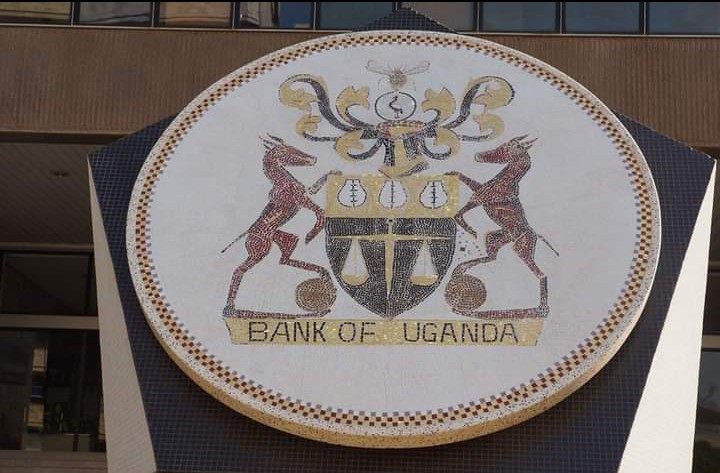
Apr
Prudence Mahirwe Elected First Female Guild President of KIU Western Campus
April 19, 2024, 1:47 pm
 Umar Kisekka
Umar Kisekka

By Rogers Wanambwa
KIU, Main Campus – The Uganda Shilling has faced a downward trend against the US dollar for more than two months since it went up against the dollar.
It has since been devalued by more than 200 shillings.
By the close of business Monday, the official foreign exchange rate by the Bank of Uganda put the dollar at 3,750.91 buying, while it was selling at 3,760.91.
Meanwhile, many commercial banks saw the shilling open Monday’s session at the 3725/3735 trading levels.
“Continued demand through the day led to a further sharp weakening of the unit to close the session at the 3780/3790 levels; money markets were liquid on Monday with overnight yields at averages of 6.610%,” said Catherine Kijjagulwe, Head of Trading at Absa Bank Uganda.
Consequently, the Bank of Uganda mopped 95 billion shillings through an overnight repurchase agreement (Repo), which is a standard tool of central bank open market operations like removing excess currency from circulation.
According to the Bank of Uganda, sentiments in March disrupted the firming trend of the shilling on the conflicts in eastern Europe.
“The Uganda Shilling, like many other currencies, experienced significant depreciation pressures in early March 2022 over bearish sentiments on the Ukraine-Russia war and related sanctions on Russia,” added BOU.
Therefore, the unit lost 2.1% per cent against the US Dollar, temporary curtailing its appreciation trend observed over the last two years or so.
To improve, the Uganda shilling is usually strengthened by the balance of payments or when exports are doing better than imports, more substantial financial inflows from Foreign Direct Investments, and government loans.
Additionally, Treasury Bonds and Bills, which attract foreign inflows due to the high yields Uganda gives, personal remittances from workers abroad, tourist spending, not to mention financial inflows from abroad to NGOs in Uganda, according to the BOU, are factors that are also considered.
The last quarter has seen prices for commodities like crude oil, wheat and vegetable oil, among others, skyrocket globally, steering a higher demand for dollars to import them.
Fuel prices are expected to remain high or continue rising for some time until global prices and other factors ease; unfortunately, the producing countries are not yet willing to raise production levels.
“Indeed, crude oil prices reached a 9-year high driven by a supply-demand mismatch and are expected to stay above 100 dollars per barrel until the end of 2022 as the Organisation of the Petroleum Exporting Countries (OPEC+) remains unwilling to increase production,” says a statement by BOU.
In the same vein, food prices are expected to increase by an extra 30 per cent above their current all-time high, as both Russia and Ukraine are vital commodity producers.
“Increased uncertainty in the financial markets and tightening of monetary conditions in Advanced Economies could also lead to portfolio reversal and or stop in Uganda, thereby weakening the shilling.”
There are concerns that more disruptions to global supply chains arising from sanctions instituted to end the Russia-Ukraine conflict and zero tolerance to the pandemic in China could further push up prices.
Nevertheless, decreased domestic demand due to higher energy and commodity prices, as well as a good crop harvest, could reduce inflation in Uganda.
Kampala International University,
Box 20000, Ggaba Road, Kansanga, Kampala